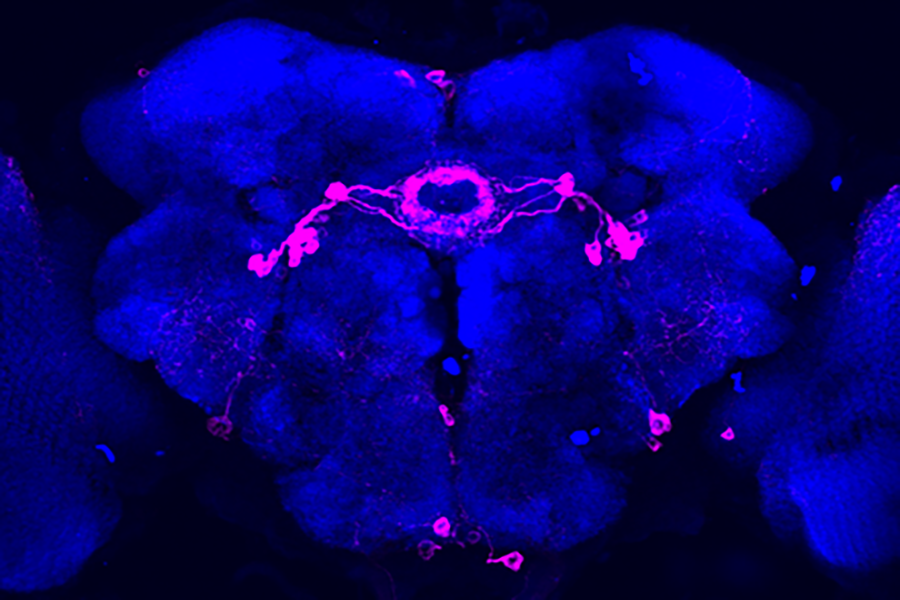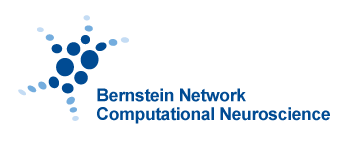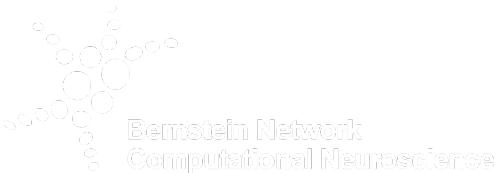Charité study in Nature uncovers fundamental processes in the fly brain
Flies too need their sleep. In order to be able to react to dangers, however, they must not completely phase out the environment. Researchers at Charité – Universitätsmedizin Berlin have now deciphered how the animal's brain produces this state. As they describe in the journal Nature*, the fly brain filters out visual information rhythmically during sleep – so that strong visual stimuli could still wake the animal up.

Sleep filter in the fly brain (blue): The visual stimuli are filtered out in the pink ring structure so that the animal can sleep. © Charité | Anatoli Ender
Bernstein member involved: Richard Kempter
Periods of rest and sleep are vital – presumably for all animals. “Sleep is essential for physical regeneration, and in humans and many animals it is also fundamental for memory formation,” explains Prof. David Owald, a scientist at Charité’s Institute of Neurophysiology and head of the recently published study. It was previously unclear how an organism reduces its response to stimuli sufficiently to be able to regenerate, while still remaining alert enough to respond to external dangers.
A team headed by David Owald has now investigated this question using the model organism Drosophila. Due to their small brains, these two-and-a-half millimeter insects commonly known as fruit flies, are very well suited for studying neurological processes. “We have discovered that the brain of flies finely attunes activating and inhibitory networks during sleep,” says David Owald. “This creates a filter that effectively suppresses visual stimuli, while particularly strong stimuli may pass through. The condition is comparable to a window ajar: The draught, in other words the transmission of stimuli, is interrupted, but a strong gust of wind can push the window open, and likewise a strong stimulus can wake the animal up.”
An inhibitory neuronal network overlays the activating one
According to the study, the flies become tired in the evening, after a long period of wakefulness and following the rhythm of the internal clock: Slow, synchronous electrical waves – so-called slow waves – are generated in two different brain networks that connect visual stimuli with brain regions required for navigation – one activates and the other inhibits the response to visual stimuli. “If both networks are active at the same time, the inhibitory network wins and the processing of the stimuli is blocked,” explains Dr. Davide Raccuglia, first author of the study from the Institute of Neurophysiology at Charité. “So the fly gently phases out its surroundings and is able to fall asleep.”
In order to be woken up, however, it must be possible to break through this sleep filter. “We believe that this is enabled by the rhythmic fluctuations of the electrical waves,” as Davide Raccuglia stated. This is because the slow waves are due to the fact that the electrical voltage of the nerve cells oscillates up and down once per second. “It is possible that when the voltage is high, there is a short period of time during which information can pass through the sleep filter,” adds Dr. Raquel Suaréz-Grimalt, who is also first author of the study. She conducted the work at the Institute of Neurophysiology at Charité and is now working at Freie Universität Berlin. “During this period, strong visual stimuli could overcome the subtle dominance of the inhibitory brain network, in a sense opening the window so that the fly reacts.”
Like flies so do humans?
According to the researchers, the slow waves create windows through which intense stimuli could wake up a sleeping fly. Sleep in humans is also characterized by slow waves. Is it possible that our brain balances periods of rest and attention according to the same principle? “In humans, we know of a structure in the brain that filters stimulus information and is involved in shaping oscillatory activity – which is the thalamus,” says David Owald. “Consequently, there could be parallels here to the processes in the fly brain, so this could actually reflect a universal principle of sleep. However, further investigations will be required to prove this.”
*Raccuglia D, Suárez-Grimalt R et al. Network synchrony creates neural filters promoting quiescence in Drosophila. Nature 2025 Aug 20. doi: 10.1038/s41586-025-09376-2





